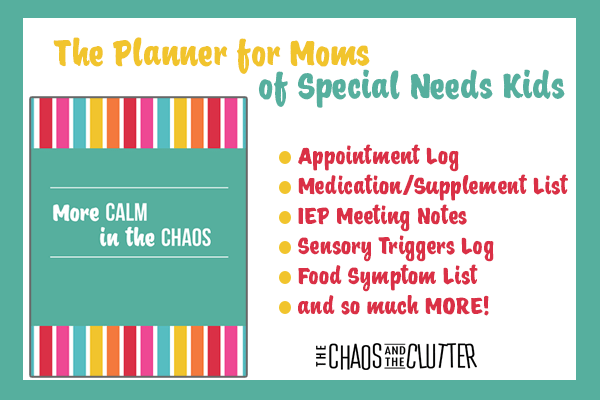Meltdowns, tantrums, rages… no matter what you call them, they can be of the most challenging parts of parenting. We’ve all been there. In the moment when your child has a meltdown, it’s hard to know what to do, particularly if you’re out in public and have to contend with public scrutiny.
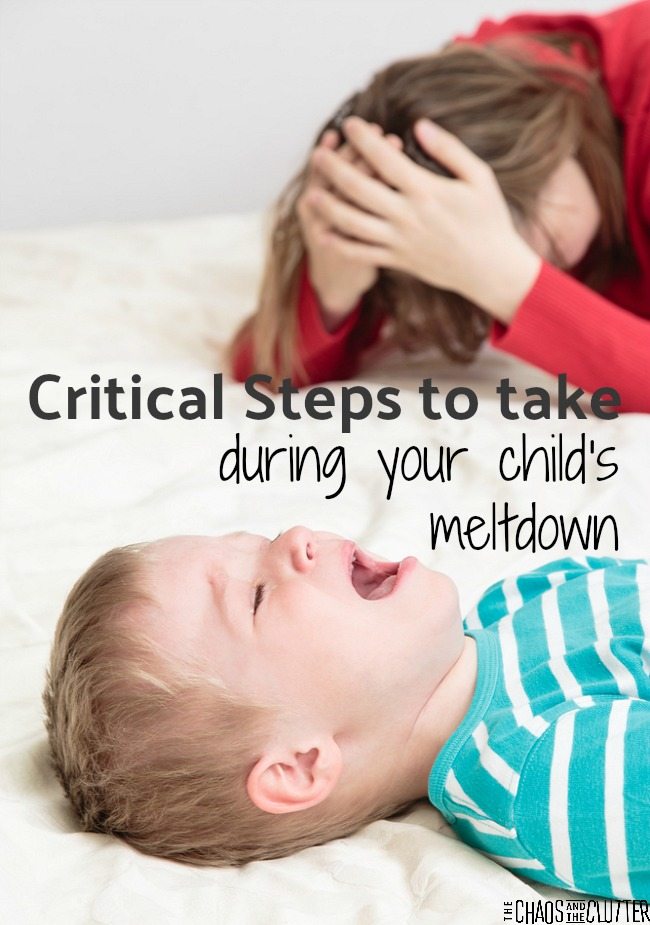 While it is always important to determine the underlying cause for a meltdown, such as whether it is a sensory meltdown, a response to a trauma trigger, a fight, flight or freeze reaction, or just a plain old tantrum, during the meltdown, you just need to help your child get calm.
While it is always important to determine the underlying cause for a meltdown, such as whether it is a sensory meltdown, a response to a trauma trigger, a fight, flight or freeze reaction, or just a plain old tantrum, during the meltdown, you just need to help your child get calm.
Yes, there are ways to try to prevent meltdowns from happening in the first place. Those are determined largely by the root cause of the meltdown. However, once the meltdown has started, none of those strategies will work.
The critical steps to take when your child has a meltdown:
-
- Stay calm. There is no helping your child to stay calm when you are not calm yourself. Breathe.
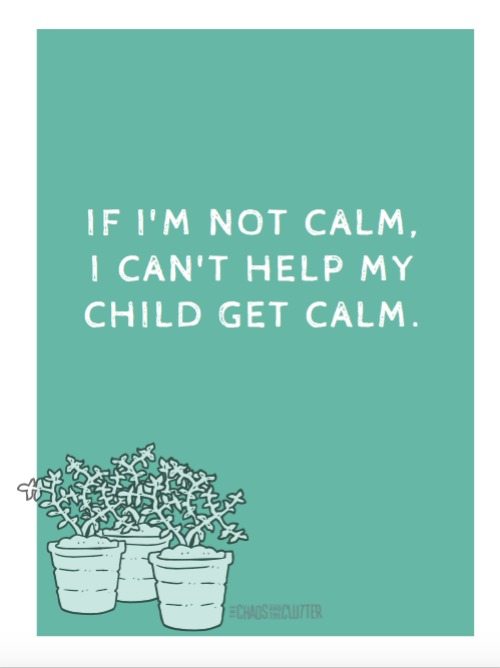
- Water and food. Meeting a child’s most basic needs can help them to go from fight, flight or freeze mode to being able to access more of their cognitive functioning. This will bring the intensity of their meltdown way down. A healthy snack and water are particularly important for children who may have been neglected or gone hungry in the past, even if it was when they were too young to remember.
- Sensory. Whether or not a child is experiencing a sensory meltdown, sensory input, particularly proprioception, or heavy work, can snap them right back into a calm state. I particularly like to offer them lavender playdough. They can use it to squeeze and squish and it provides immediate sensory feedback. Squeeze balls, mermaid pillows or pushing a laundry basket filled with books also work well. I always offer a big, chewy bubble gum piece as well. Great sensory feedback there.
- Connection. Children need connection. This can be achieved during a meltdown by making eye contact, helping them to breathe in and out slowly while you breathe with them, and providing reassurance. Avoid saying “calm down” and instead choose some of these alternatives.
- Self-regulation. The ultimate goal obviously is to promote self-regulation so that a child learns to calm themselves. This usually works best when the other steps on this list have been already taken and those needs have been met. Remind the child of their calm-down strategies. It is best to have practised (and practised and practised) those strategies at times when they were calm. If you have a calm-down kit for your child, this would be the ideal time to pull that out.
- Stay calm. There is no helping your child to stay calm when you are not calm yourself. Breathe.
Recently, a friend called me for advice while her daughter was raging in the background. She had tried offering water and a snack and both suggestions were rejected (rather pointedly I will add). I asked her if she had any playdough. She was able to find some. I could tell that she was skeptical of my suggestion, but she offered it to her daughter anyway. The response was immediate.
Once that playdough was in her hands, her daughter’s screams stopped and she was able to finally articulate the underlying reasons beneath the rage. It was then that her mom was able to validate her feelings and make that connection with her.
 I know that not all of these suggestions will work initially. In fact, you may end up having that glass of water thrown in your direction (be sure to use a plastic cup)! But using these 5 steps will help to de-escalate your child’s big emotions. Once they are calm, you can try to determine what may have caused the meltdown in the first place.
I know that not all of these suggestions will work initially. In fact, you may end up having that glass of water thrown in your direction (be sure to use a plastic cup)! But using these 5 steps will help to de-escalate your child’s big emotions. Once they are calm, you can try to determine what may have caused the meltdown in the first place.
The reason these 5 steps are so critical when your child is having a meltdown is because they address things in the brain from the bottom up. They meet the child’s basic survival needs such as breathing, food and water, and then begin to work their way up from there. If you think about Maslow’s hierarchy of human needs with physical survival needs being at the base, then physical safety needs, then love and belonging needs, these steps begin to make more sense. After love and belonging (met in these steps by CONNECTION), comes self-esteem needs. This is where the self-regulation step comes in.
Determining the root of the meltdown:
Keeping track of behaviours such as meltdowns can help you find the root causes for them by finding patterns and triggers. You can use make notes in a calendar or use the forms such as the sensory triggers log and the behaviour tracker in the More Calm in the Chaos printable planner.
Some common causes of meltdowns:
(click each link for more information)
- sensory meltdowns
- early childhood trauma triggers
- fight, flight or freeze response
- being overtired
- being hungry or thirsty
- overwhelm
- unable to regulate emotions
- anxiety
Join me for a free 5 part email series, Little Hearts, Big Worries offering resources and hope for parents.
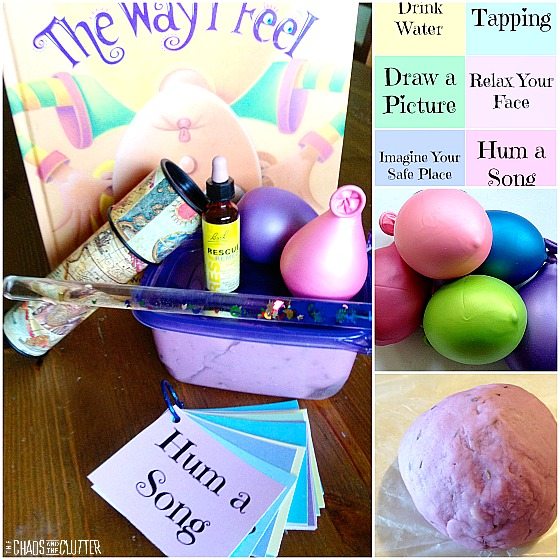 Create an Anti-Anxiety Kit for Your Child
Create an Anti-Anxiety Kit for Your Child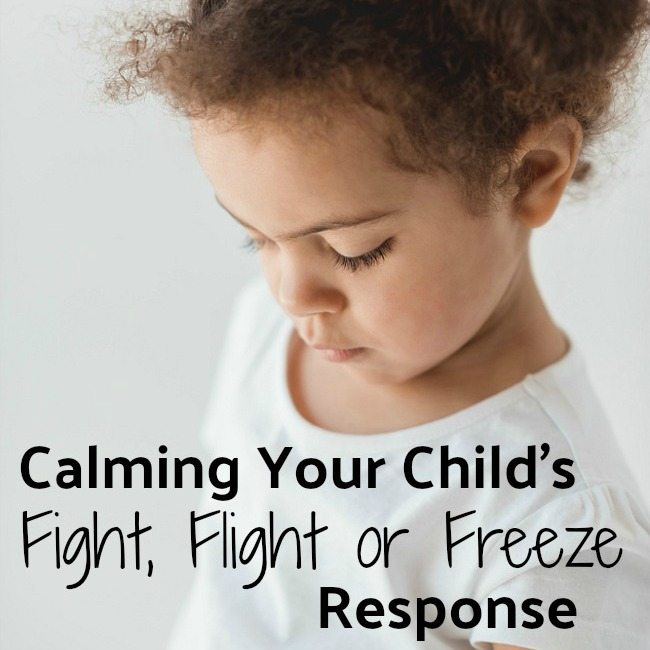 Calming Your Child’s Fight, Flight or Freeze Response
Calming Your Child’s Fight, Flight or Freeze Response
